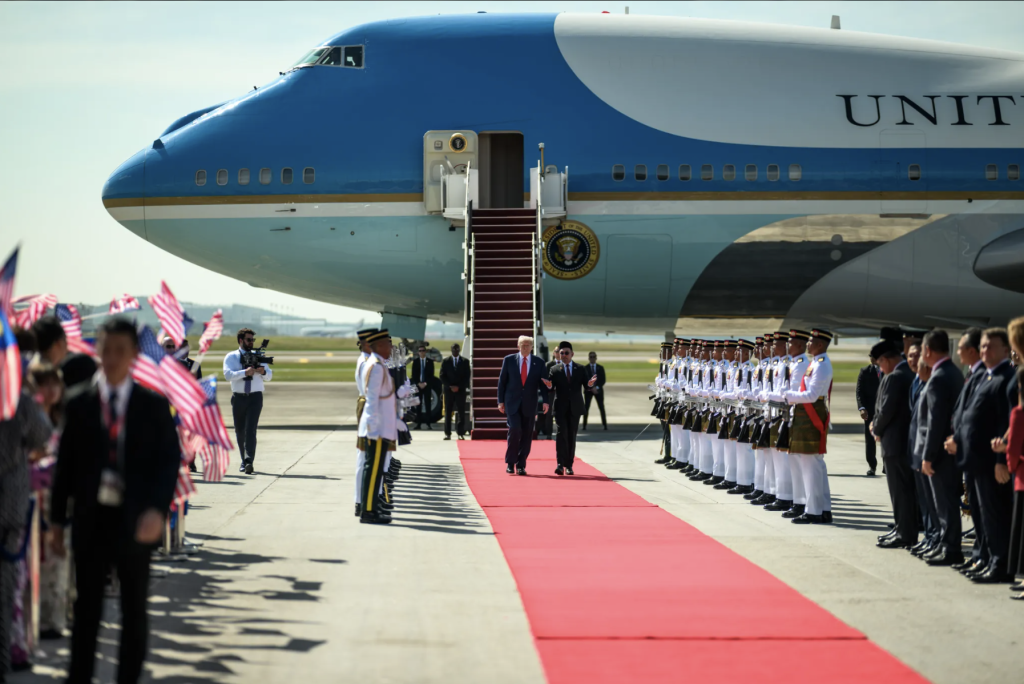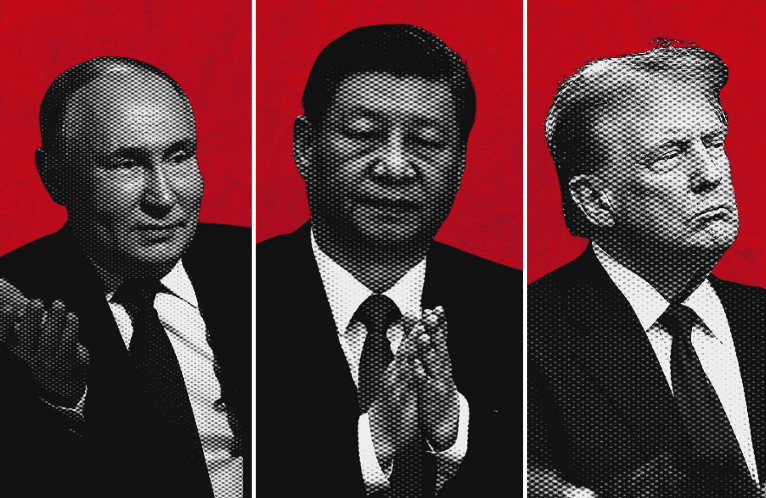Sunnylands and Cloudy Waters
THAT China has lifted so many out of poverty and become so powerful so quickly is remarkable. No less remarkable is how America, the incumbent superpower, has mostly treated China’s rise less as a threat than an opportunity. However, in the South China Sea, through which about 30% of the world’s trade passes, China risks jeopardising this benign arrangement. Its behaviour there disdains international law, scares its neighbours and heightens the danger of conflict with some of them and with America itself. Recalling its own slogans about stability and peace, it should back off.
The latest provocation is the apparent installation on Woody Island in the Paracel archipelago, south of Hainan, of two launch batteries for surface-to-air missiles. China has not clearly denied this dangerous military escalation, talking instead of its right to “limited and necessary self-defence facilities”. The Paracels are also claimed by Vietnam and Taiwan. China insists that virtually all the sea belongs to it, citing historical apocrypha.
It has been building frenetically in the Spratly islands, to the south, creating artificial land on rocks and reefs also claimed by the Philippines, Taiwan and Vietnam. The construction, like the missiles, flouts the spirit of a declaration China signed in 2002 with the Association of South-East Asian Nations (ASEAN), in which the parties promised to “exercise selfrestraint” in the sea. China has also refused to accept the jurisdiction of a tribunal in The Hague which is adjudicating a case on its claims brought by the Philippines under the UN Convention on the Law of the Sea. If, as seems likely, the tribunal later this year finds in the Philippines’ favour on some counts, China will ignore it. This is not the global “responsible stakeholder” that America had hoped China would become.
Two factors may have prompted China to deploy missiles. News of them came as Barack Obama was playing host at the Sunnylands ranch in California to an unprecedented summit of leaders from all ten ASEAN members, four of which dispute land features in the sea with China. The summit was intended in part to show America’s solidarity with them. China sees this as a ruse to embolden its neighbours to stand up to it, and so as part of a broader American strategy to contain it.
Second, America late last year resumed “freedom of navigation” operations in the South China Sea, twice sending warships to sail through waters claimed by China. This seemed a belated attempt to show that, whoever owns the specks of land and rock in the sea, most of its waters under international law belong to no country and are open to navigation of all types. Regrettably America has muddied this message, by confirming that both operations were conducted as “innocent passage”, ie, under a provision of the Law of the Sea allowing even warships to sail unthreateningly through another country’s territorial waters. China seems to find the exercises provocative enough to try to deter America from further sorties—or perhaps they provide a useful pretext.
The campaign season
China may calculate that now is the time, in the final months of an American presidency it sees as weak and averse to confrontation, to create facts in the water that will give it an irreversible grip on the sea. So rather than yield to Chinese intimidation, America should continue to assert the freedom of navigation and overflight, and do so less ambiguously. Its friends in the region, habitually scared of upsetting China, should give it more full-throated support. It is in none of their interests to see the South China Sea, with its important shipping lanes, become a South China Lake.
Feb. 20, 2016 on The Economist
Read more here








